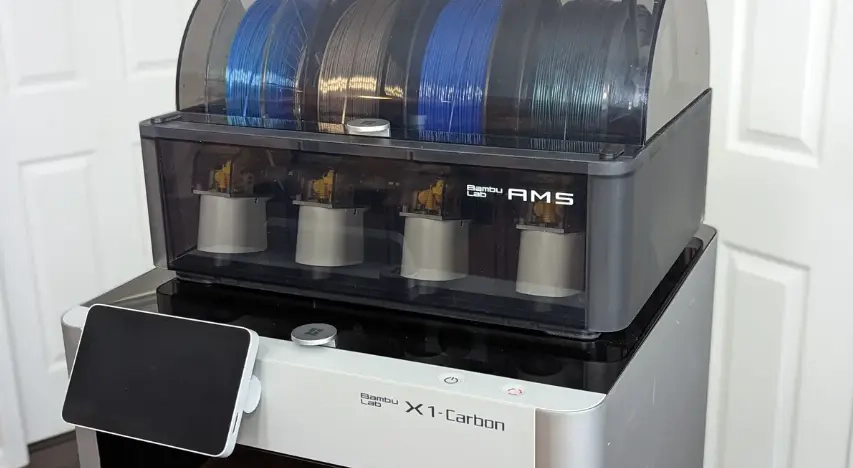Introduction
Bamboo 3D printers represent a leap towards sustainable manufacturing, offering a unique combination of eco-friendliness and innovation. These printers use bamboo filament, a renewable material, to create a wide range of products. This guide explores the how-to’s, and applications, and answers frequently asked questions about bamboo 3D printers.
How to Use a Bamboo 3D Printer
Setting Up Your Printer
- Unboxing and Assembly: Carefully unbox and assemble your printer according to the manufacturer’s instructions.
- Installing the Filament: Load the bamboo filament into the printer. Ensure it feeds smoothly into the extruder.
Designing for Bamboo Filament
- Choosing Design Software: Select 3D modeling software compatible with your printer. Options include Tinkercad for beginners or Fusion 360 for more advanced users.
- Design Considerations: Optimize your designs for bamboo filament. Consider layer height, infill, and support structures for best results.
Printing Your Design
- Slicing Your Model: Use slicing software to convert your 3D model into a format your printer can understand. Adjust settings like print speed and temperature for bamboo filament.
- Printing: Send the file to your printer and start the print. Monitor the initial layers for any issues.
Where to Use Bamboo 3D Printers
In Education
- Teaching Sustainability: Use bamboo 3D printers in educational settings to promote discussions around sustainable materials and manufacturing processes.
- STEM Projects: Implement projects encouraging students to design and print using eco-friendly materials.
In the Arts
- Eco-Friendly Art: Artists can explore bamboo filament’s unique texture and finish to create sculptures, installations, and decorative items.
In Product Design and Manufacturing
- Prototyping: Use bamboo 3D printers for eco-conscious prototyping of products.
- Custom Products: Create personalized items or short-run products with a reduced environmental footprint.
Frequently Asked Questions (FAQs)
Q: Is bamboo filament as durable as other materials?
A: Bamboo filament offers a unique combination of lightness and strength, making it suitable for a variety of applications, though it may not match the durability of materials like ABS or PETG in every aspect.
Q: Can I paint or finish bamboo 3D-printed objects?
A: Yes, bamboo 3D-printed objects can be sanded, painted, or stained. However, testing on a small piece first is advisable to ensure the desired finish.
Q: Are bamboo 3D printers more expensive than regular 3D printers?
A: The printers themselves are comparably priced to other 3D printers. However, bamboo filaments can be more expensive than standard PLA or ABS filaments due to their sustainable sourcing.
Q: How does bamboo filament impact the environment compared to traditional filaments?
A: Bamboo filament is made from a renewable resource and is biodegradable under the right conditions, making it a more environmentally friendly option than many petroleum-based filaments.
Q: Where can I purchase bamboo filament?
A: Bamboo filament can be bought from specialized suppliers and select online marketplaces. Before purchasing, Ensure compatibility with your printer.
Conclusion
Bamboo 3D printers offer a promising path towards sustainable manufacturing and creativity. Whether you’re in education, art, or product design, the potential applications are vast and varied. By understanding how to use and apply this technology properly, we can all contribute to a greener future.


2 comments
I like the efforts you have put in this, regards for all the great content.
Your point of view caught my eye and was very interesting. Thanks. I have a question for you.